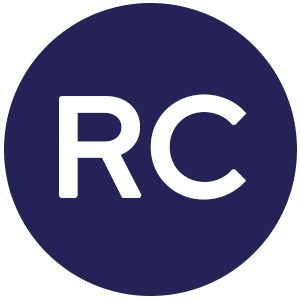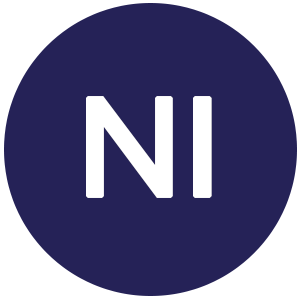When a hospital recognizes the need to install a RTLS solution to track medical assets across their facilities, department leaders will be required to submit a request for proposal (RFP) to those in charge of vendor procurement decisions.
RFPs are critical components of hospital procurement assessments as they lay out the business problem, specify why it needs to be addressed, and include which vendors are on the shortlist to rectify the issue or gap.
Of course, many leaders who set out to do an RFP for hospital RTLS have never gone shopping for an RTLS solution before. Once they start the research process, they realize that there are a ton of options on the market—all of them with their own technical specifications, as well as benefits and shortcomings.
So, what’s the best way to determine whether an RTLS solution is the right fit? Ensure your request for proposal (RFP) includes these four components.
1. Outline the business problem you want to solve
This is one of the hardest — but most important — things for hospitals to identify and articulate. “We can never find our equipment” may be a true statement, but it’s important to identify the way that problem manifests.
Before writing the rest of your RFP, strip your challenges down to brass tacks and ensure your business problem is specific and measurable.
For example, you might transform the previous statement to: “Our business problem is that our hospital staff spend, on average, a half hour searching the hospital every time they need a piece of equipment.” Does that mean you need to purchase more equipment, or improve your cleaning workflow to get soiled equipment ready faster? Or better manage your clean equipment PAR levels?
2. Describe the outcome you want to achieve
Like your business problem, your outcome should also be specific and measurable.
To build on the previous point, a desired outcome for the business problem might be: “We would like to know what room a piece of equipment is in at all times”, and/or “We would like to know equipment utilization by asset class” and/or “We would like to know how many pieces of soiled equipment are waiting for collection in real-time”.
Again, explain the impact of increasing equipment visibility—how understanding equipment utilization will drive data-driven purchasing decisions, as well as how improved equipment availability will directly improve patient care.
3. Ask the vendor’s confidence in delivering that outcome
There are a lot of RTLS solutions on the market that underdeliver when it comes to location accuracy. In fact, traditional RTLS solutions have an unfavorable reputation in the eyes of procurement decision-makers because legacy technology was expensive to install and did not prove entirely room-level accurate—this made building a case for ROI near impossible.
Approaching your RTLS research with this context is crucial as you want to be confident and have a deep understanding of the solutions put forth. Confidence goes to the heart of an RTLS’ accuracy and the margin for error with which you are comfortable. You might ask: “How many times out of 100 can your product correctly identify the patient room where it is deployed?”
Confidence is a critical component for a couple other reasons too. First, it can be a key differentiator between similar products, illustrating who can follow through on their promises and who can’t. Second, confidence level can affect pricing. One solution boasting 99 percent confidence might be twice as expensive as another boasting 95 percent confidence, and you will have to decide which of your needs is more acute: cost or accuracy.
4. Request an estimate of the solution’s total cost of ownership (TCO)
This estimate should include not only the amount of the solution (including installation, infrastructure, tags, and ongoing service) but also what you need to invest to ensure the solution works. This could include internet network upgrades to account for the extra traffic RTLS brings, labor costs for running cables and wires, and the estimated time rooms will be out of service for installation.
Key questions to ask are:
- How much will we have to invest upfront before the system ‘goes live’ and starts generating value?
- From your experience, how much work will I have to do on top of what the product’s price includes?
- How many times will you need to come back to tweak the system until it’s working right?
Many vendors do not want to address this, because the total cost of ownership usually takes a massive bite out of the RTLS’ ROI.
A well-researched RFP can unlock the best possible solution
Why is it critical to ask the right questions in your RFP? All the RTLS solutions available might be able to achieve the outcomes you want, but with some inevitable drawbacks. In the end, your decision will be a compromise of each RTLS’ pros and cons, and your RFP is the best tool to help you understand the compromises you will be making.
If you want to learn more about best practices for choosing the right RTLS solution for your hospital, then read our comprehensive guide to learn about:
- the different RTLS options available on the market
- how RTLS technology developed and advanced over time — and why that is important
- how to approach the process of selecting the right RTLS for your hospital.
Get The Ultimate Guide to Choosing the Right RTLS Solution for your Hospital now!



